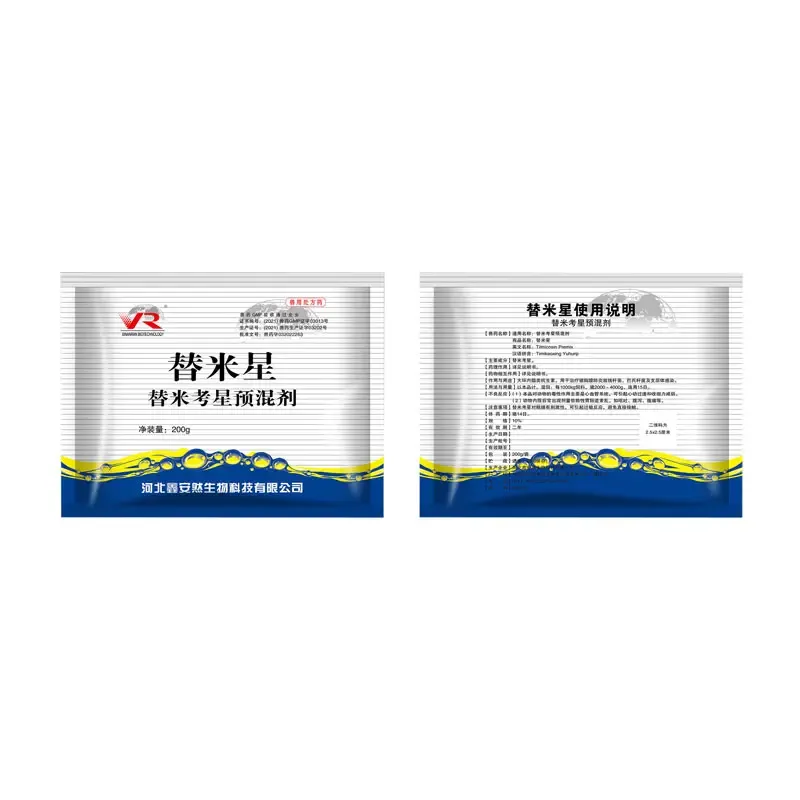- Afrikaans
- Albanian
- Amharic
- Arabic
- Armenian
- Azerbaijani
- Basque
- Belarusian
- Bengali
- Bosnian
- Bulgarian
- Catalan
- Cebuano
- Corsican
- Croatian
- Czech
- Danish
- Dutch
- English
- Esperanto
- Estonian
- Finnish
- French
- Frisian
- Galician
- Georgian
- German
- Greek
- Gujarati
- Haitian Creole
- hausa
- hawaiian
- Hebrew
- Hindi
- Miao
- Hungarian
- Icelandic
- igbo
- Indonesian
- irish
- Italian
- Japanese
- Javanese
- Kannada
- kazakh
- Khmer
- Rwandese
- Korean
- Kurdish
- Kyrgyz
- Lao
- Latin
- Latvian
- Lithuanian
- Luxembourgish
- Macedonian
- Malgashi
- Malay
- Malayalam
- Maltese
- Maori
- Marathi
- Mongolian
- Myanmar
- Nepali
- Norwegian
- Norwegian
- Occitan
- Pashto
- Persian
- Polish
- Portuguese
- Punjabi
- Romanian
- Russian
- Samoan
- Scottish Gaelic
- Serbian
- Sesotho
- Shona
- Sindhi
- Sinhala
- Slovak
- Slovenian
- Somali
- Spanish
- Sundanese
- Swahili
- Swedish
- Tagalog
- Tajik
- Tamil
- Tatar
- Telugu
- Thai
- Turkish
- Turkmen
- Ukrainian
- Urdu
- Uighur
- Uzbek
- Vietnamese
- Welsh
- Bantu
- Yiddish
- Yoruba
- Zulu
Dec . 20, 2024 16:54 Back to list
garamycin gentamicin sulfate
Garamycin (Gentamicin Sulfate) An Overview
Garamycin, which is the brand name for gentamicin sulfate, is an important antibiotic that belongs to the aminoglycoside class of antibiotics. Introduced into clinical practice in the 1960s, gentamicin has since been utilized widely for the treatment of various bacterial infections, especially those caused by Gram-negative bacteria. Its effectiveness and relatively low cost make it a common choice in both outpatient and inpatient settings. This article explores the pharmacological attributes, clinical applications, side effects, and resistance patterns associated with Garamycin.
Mechanism of Action
Gentamicin works by inhibiting bacterial protein synthesis, which is crucial for bacterial growth and reproduction. It binds to the 30S ribosomal subunit of susceptible bacteria, causing misreading of messenger RNA (mRNA) and leading to the production of faulty or nonfunctional proteins. This results in the bactericidal effect, effectively stopping the growth of bacteria and helping the immune system to eliminate the infection.
Indications
Garamycin is primarily used to treat severe infections caused by susceptible strains of bacteria. These infections may include urinary tract infections (UTIs), respiratory tract infections, skin and soft tissue infections, as well as intra-abdominal infections. It is especially effective against common pathogens such as Escherichia coli, Klebsiella pneumoniae, Pseudomonas aeruginosa, and Staphylococcus aureus. Gentamicin is also sometimes used in combination with other antibiotics to achieve a synergistic effect, enhancing its efficacy against resistant organisms.
Furthermore, Garamycin has seen use in specific clinical scenarios, such as in the treatment of endocarditis, neonatal sepsis, or as part of the regimen for cystic fibrosis. Its application has extended to the prevention of infections during surgeries, particularly in patients with a high risk of infection.
Adverse Effects
garamycin gentamicin sulfate

While Garamycin is a powerful antibiotic, it is not without side effects. The most significant concerns are nephrotoxicity and ototoxicity. Nephrotoxicity can manifest as acute kidney injury, characterized by elevated serum creatinine levels, while ototoxicity can result in hearing loss and balance disorders through damage to the inner ear. The risk of these adverse effects can increase with higher doses, prolonged therapy, or in patients with pre-existing renal impairment or dehydration.
Monitoring kidney function is crucial during treatment with Garamycin, and healthcare professionals often employ therapeutic drug monitoring to ensure serum concentrations remain within a safe range. Other side effects can include hypersensitivity reactions, such as rashes or fever, and gastrointestinal disturbances, although these are generally less severe.
Antibiotic Resistance
Antibiotic resistance poses a significant threat to the effectiveness of Garamycin and other antibiotics. Resistance mechanisms may include the production of aminoglycoside-modifying enzymes by bacteria, alteration of the target site, and pump-mediated extrusion of the drug from the bacterial cell. As a result, certain strains of bacteria, particularly Enterobacteriaceae, Enterococcus, and Staphylococcus aureus, have developed resistance to gentamicin.
The emergence of resistance has highlighted the importance of judicious antibiotic use, judicious prescribing practices, and adherence to treatment protocols. Continuous surveillance and research into newer therapeutic strategies, as well as the development of novel antibiotics, are crucial in the fight against resistant infections.
Conclusion
Garamycin (gentamicin sulfate) remains a critical tool in the clinician's arsenal against bacterial infections. Its broad-spectrum activity against numerous pathogens, coupled with its mechanisms of action, make it indispensable for treating serious infections. However, the potential for significant side effects and the issue of rising antibiotic resistance necessitate careful consideration and monitoring during its use.
As the landscape of infectious diseases evolves, so too must our approaches to antibiotic therapy, ensuring that medications like Garamycin can continue to be utilized effectively in the fight against bacterial infections for future generations.
-
Guide to Oxytetracycline Injection
NewsMar.27,2025
-
Guide to Colistin Sulphate
NewsMar.27,2025
-
Gentamicin Sulfate: Uses, Price, And Key Information
NewsMar.27,2025
-
Enrofloxacin Injection: Uses, Price, And Supplier Information
NewsMar.27,2025
-
Dexamethasone Sodium Phosphate Injection: Uses, Price, And Key Information
NewsMar.27,2025
-
Albendazole Tablet: Uses, Dosage, Cost, And Key Information
NewsMar.27,2025













